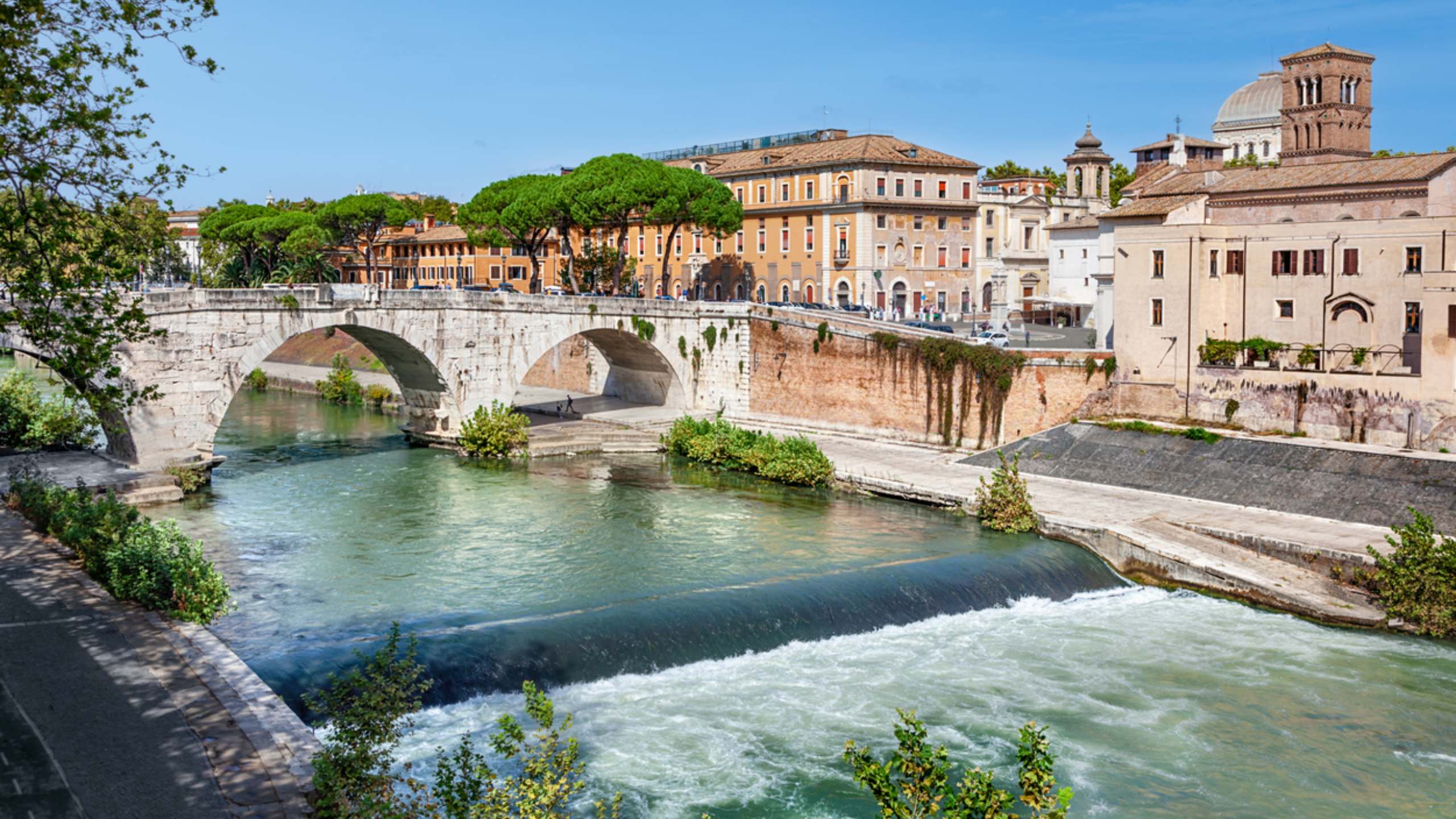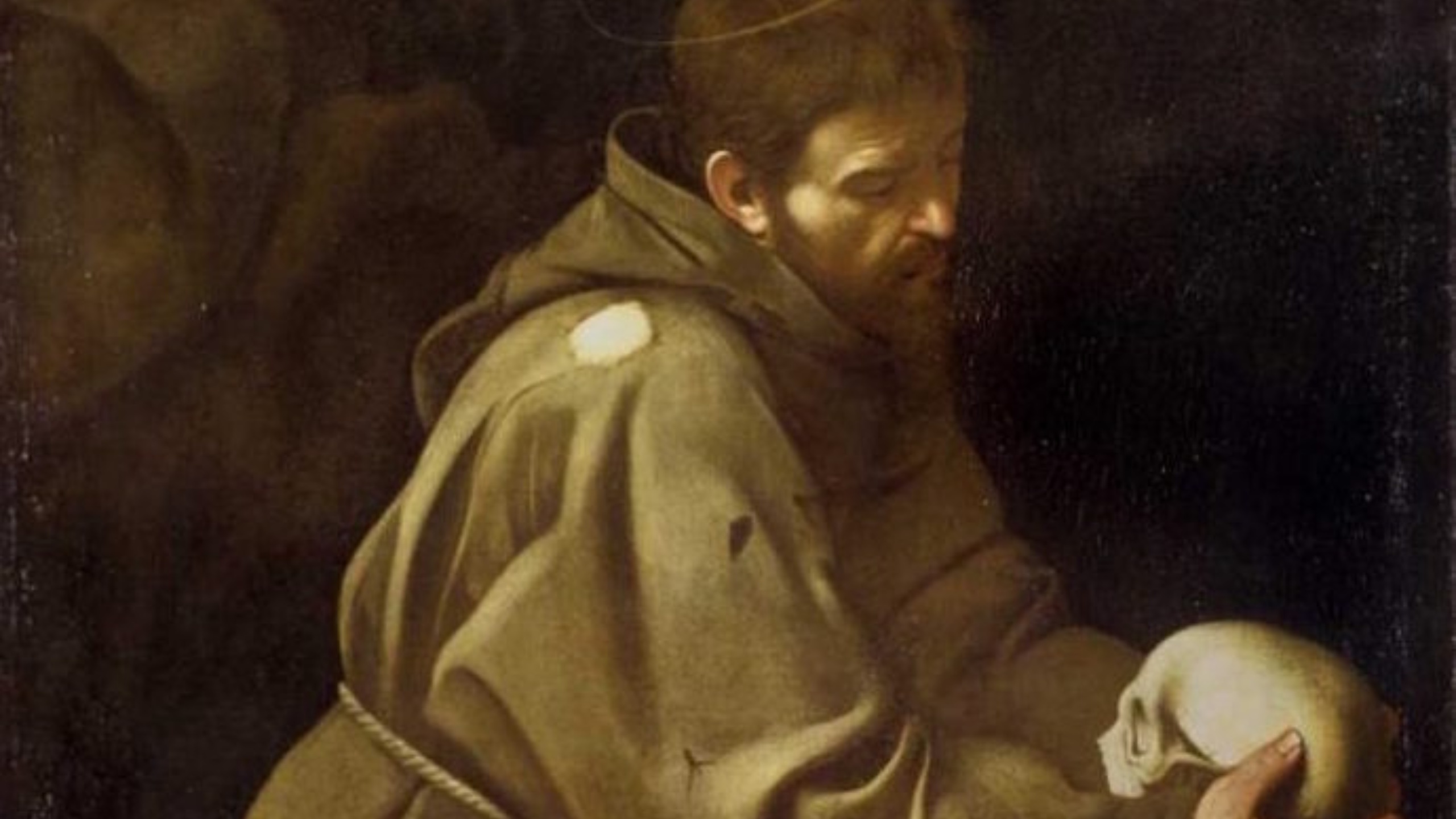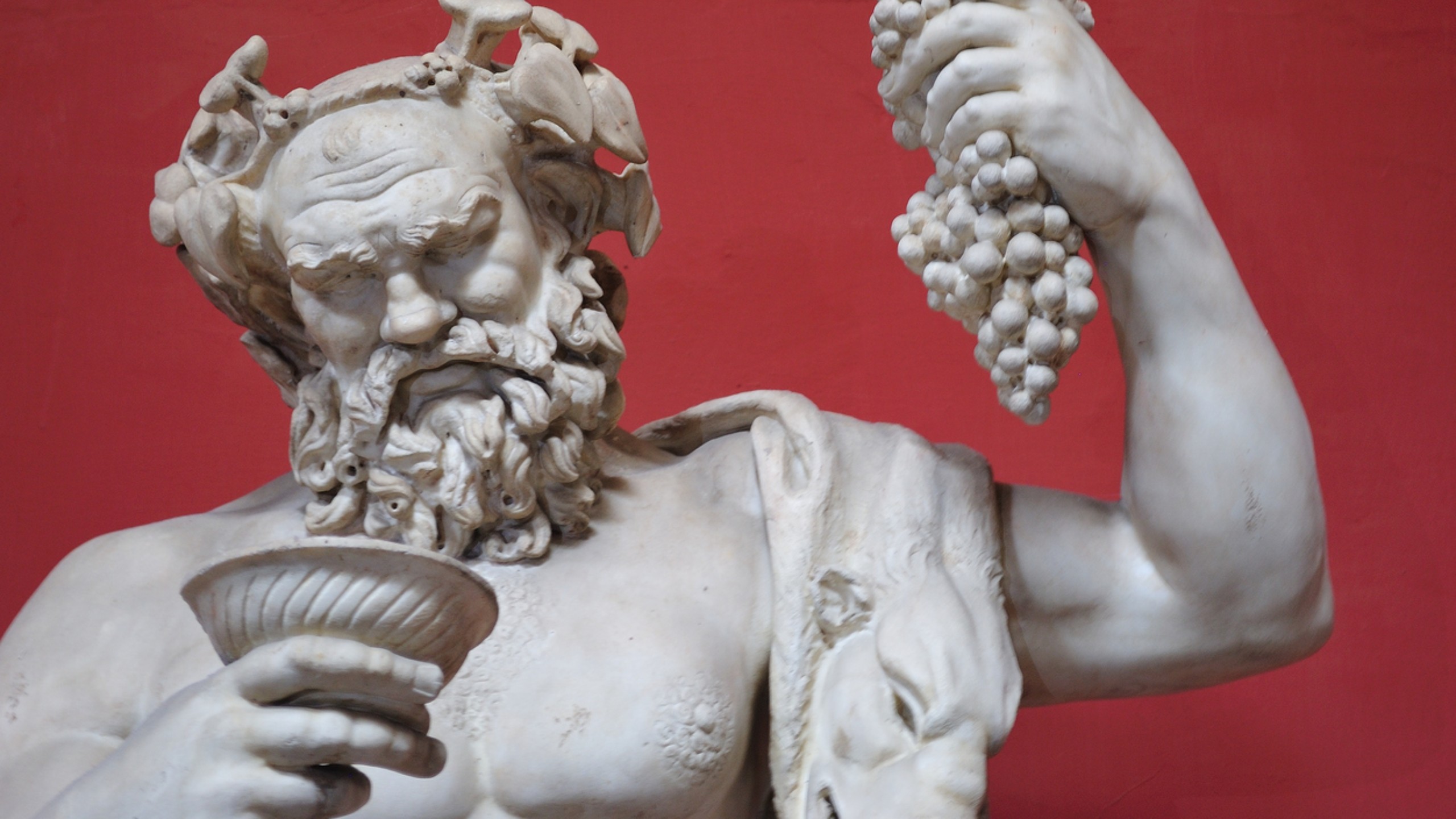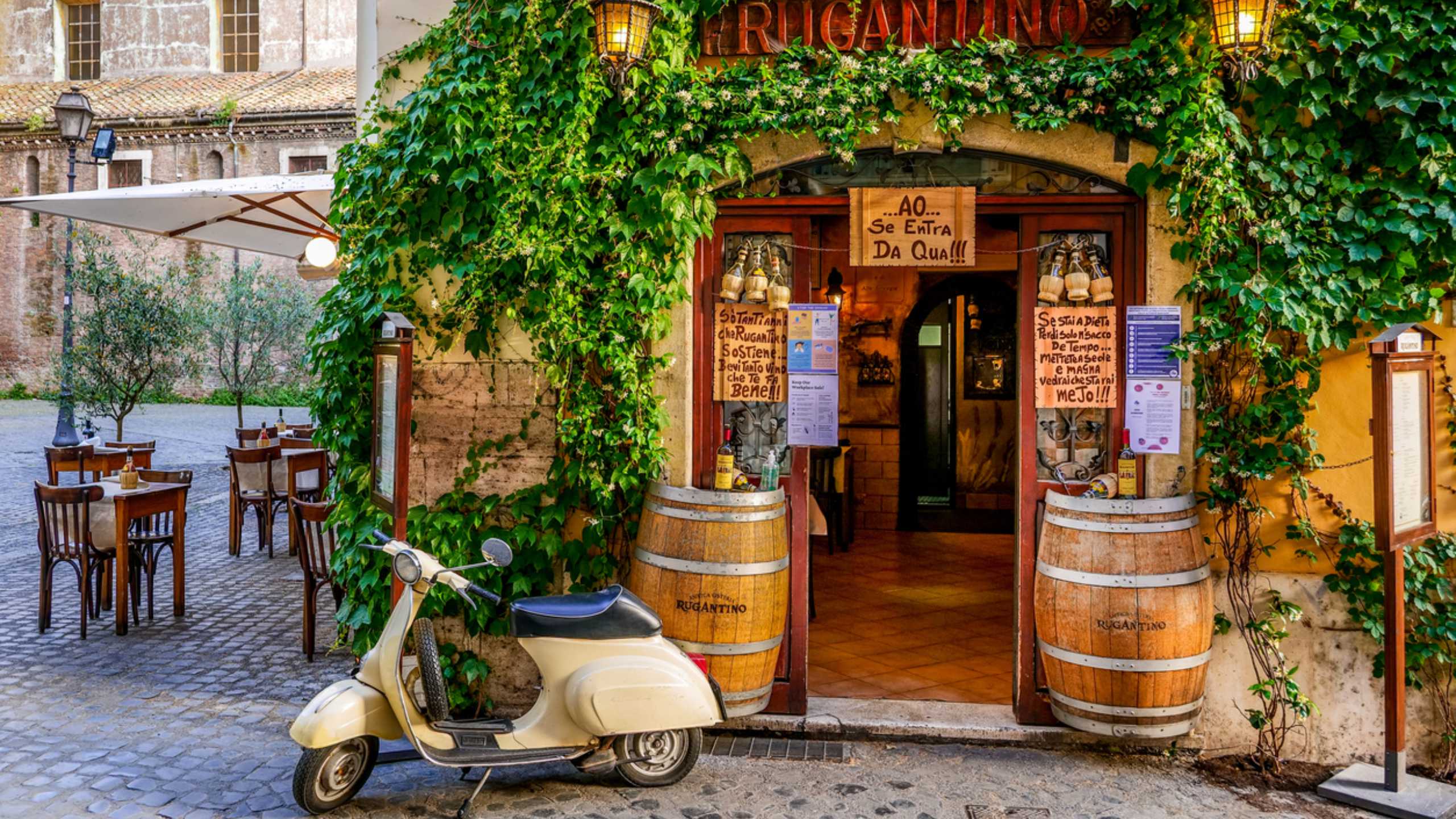Navona underground, a world to discover
We are located in the Historic Center of Rome, at Navona Square. One of the Eternal City most famous ones, made monumental thanks to the Pamphilj family by the will of Pope Innocenzo X who was a member of the house. And that today, in the building right next to the Sant’Agnese in Agone Church, hosts our historic mansion - Eitch Borromini. But, actually, were are we?
In the times of the Roman Empire, the Square was a place of lihjt and heavy athletics competitions, jumps and free body wrestling: the Stadium of Domitian, built in 85. With a shape inspired by Olympia and Athens ones, 276 meters long, 106 meters wide and which accomodate 30 thousand spectators. Hence the name: Campus Agonis or “in Agone”, “sports games” in Latin. Which, with time and pronunciation, becomes “in Nagoni”, “Navone” e “Navona”. In the 13th century, the Campus is under the purview of the Capitolin Chamber, which confirms its recreational use. After the first excavations, at the beginning of 1500, the Stadium is used as a source of valuable materials for other constructions while, in the late Renaissance, the area is set up for chivalric training and games. In the seventeenth century XVII, with the intervention of Pamphilj family, the Square becomes a triumph of the Roman Baroque. Protagonists, the two rival geniuses: Bernini and Borromini.
And the Campus? The Stadium of Domitian archeological area – first and only example of brick stadium known so far, one of the seven wonders of imperial Rome and UNESCO heritage – is located at approx 4.5 meters under the Navona Square and can be visited. A central area, that of the stadium Curve, enriched over the years by excavations on the esatern side of the hemicycle – where the Grandstand was originally located. Many the finds, roman but also medieval and Renaissance ones, thus came to light, just as many those found in the cellars of the Square’s buildings, under the Sant’Agnese Church and in the basement of the École Française de Rome. Because in these just four and a half metres there are more ages of Rome with different stories. Like flooding the Square to coll off in Summer or the market, also for Christmas, without forgetting the legends – even of the architectural and sculptural works – and the ghost tales. To help us imagine the different “Romes”, 3D reconstructions available to visitors.
Once outside, a tip. The initial Stadium was surrounded by steps suported by large arches, often adorned with statues. Well, one of these is still visible in one of the passage corners to the Square: the “talking statue”, where for at least three centuries since the beginning of the Sixteenth poems of criticism - popular and satirical, mainly aimed at the Clergy - were left. A “tradition” interrupted with the end of the Church’s temporal power but revived with the arrival of Nazism and that still continues, this time at the secular power.
Whether it’s staying at Eitch, exploring sea, Roman and Italian flavors at its Restaurant or sipping an aperitif or an afterdinner from its spectacular Roof Top, a visit worth making. Because, once you see the underground, your view over the Navona Square will change. Precisely the case to say it: deeply.







